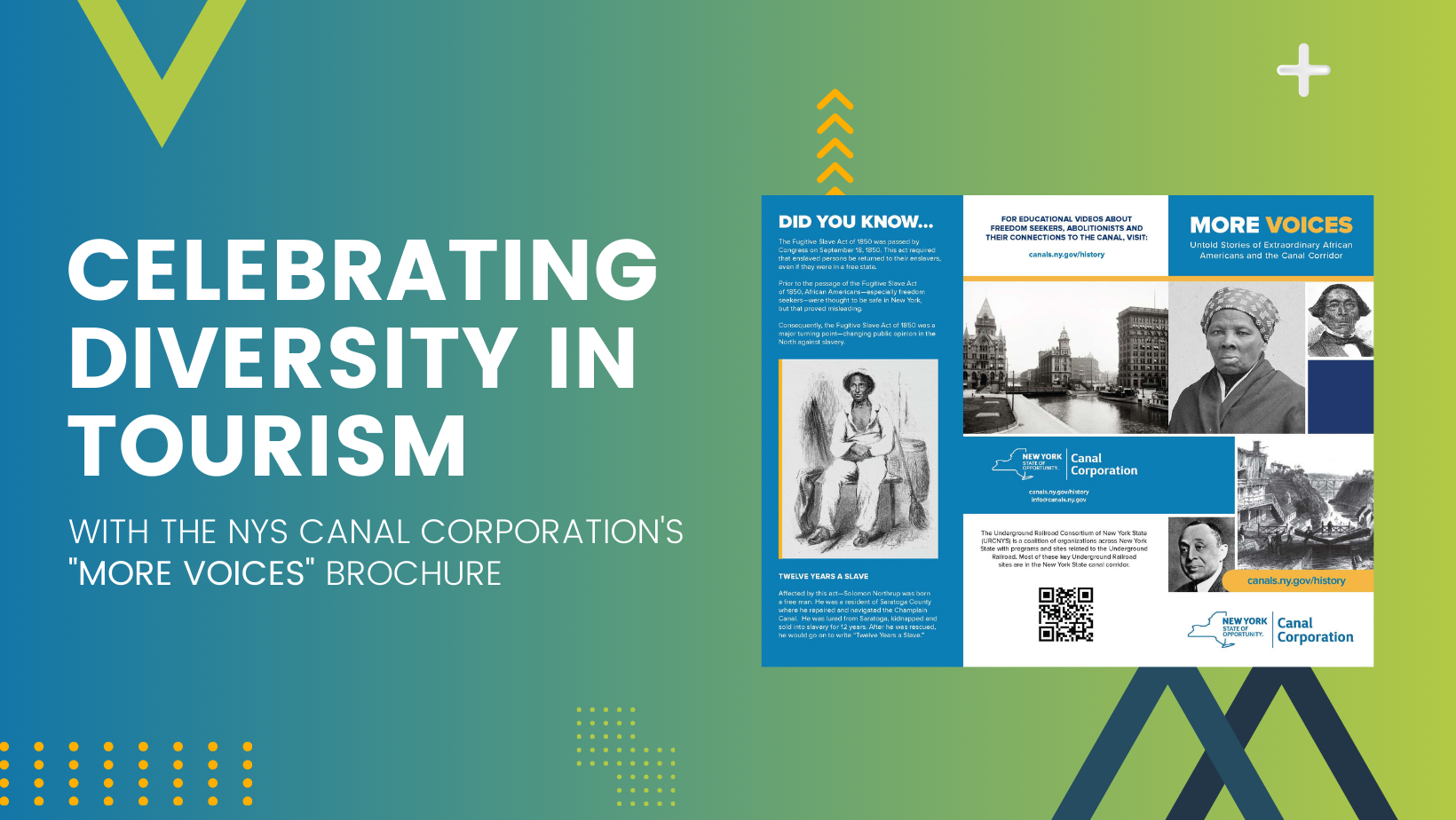The 5 “W’s” of Storytelling in Marketing

Being able to tell a story and tell it well is one of the most important things when marketing. It is imperative to tap into consumers’ emotions and lure them your way. Emotion drives people to take trips, visit attractions, and dine in restaurants. Let’s break down the art of storytelling into the five W’s.
What: Storytelling means sharing what makes your destination, hotel, restaurant, or attraction unique and interesting in order to make an emotional connection with potential guests or consumers.
Your story can be your culture, mission statement, special features, programs, experiences, location, or even the people connected to your business. Stories do not always have to be in writing. I am sure you have heard the saying that a picture is worth a thousand words. Another great way to story-tell is by utilizing video. Videos allow the consumers to connect with you face to face and this can also tap into their emotions. It is proven that visual information is processed by our brains 60,000 times faster than text.
A good story doesn’t just list the distinguishing features of your business. It also conveys the advantages and benefits of those features in a way that makes people want to experience them. A good story goes beyond just your business. If you run an inn, tell potential guests what there is to do in your town. If your restaurant serves locally-sourced food, tell the story of the organic farm that supplies your produce.
Why: As people go through the stages of planning travel, they want to be entertained, inspired, and informed, because they’re not just looking for a place to sleep or eat. They’re looking for an experience. Telling your story introduces them to the special moments they will experience when they’re with you which will stick with them.
Storytelling gives your business a personality – one that’s friendly and hospitable.
Who: Your story is best told by-or about-real people, not a faceless brand. Sure, the company founder can be your spokesperson, but so can any other employee. Let the concierge talk about the time he arranged the perfect marriage proposal setting for two of your guests.
But also think about the people outside your business who could tell great stories about you: repeat guests, event planners, or local officials.
Where: You can tell your story on digital platforms such as websites, blogs, e-newsletters, and social media channels like Facebook, Twitter, Pinterest, Instagram, and YouTube. Digital marketing not only saves time but in the long run, saves money as well. Social media is a great way to reach the correct target audience, in no time.
Once you have a story to tell, get as much use as you can from this content. Re-purpose it across channels in five different ways using “The Rule of 5 Formula.”
EXAMPLE: A new chef has just joined your team. You can conduct a short interview with her on camera, and ask her to make one of her signature dishes.
You can then:
- Create an Instagram Reel.
- Post the full video on your YouTube channel.
- Post one of her recipes on your website with photos.
- Share the recipe on your Facebook page.
- Send this recipe to your email list in your next e-newsletter.
When: It is all about balance, but you should strive to include stories within other marketing messages as frequently as possible. For example, you can create a series of personnel profiles in order to introduce one staff member every week. You can tie your stories into holidays by sharing family traditions and recipes. Take advantage of memes on social media, such as “Throwback Thursday,” to present a lighter look at your past. Remember to have fun and be creative, you got this!




